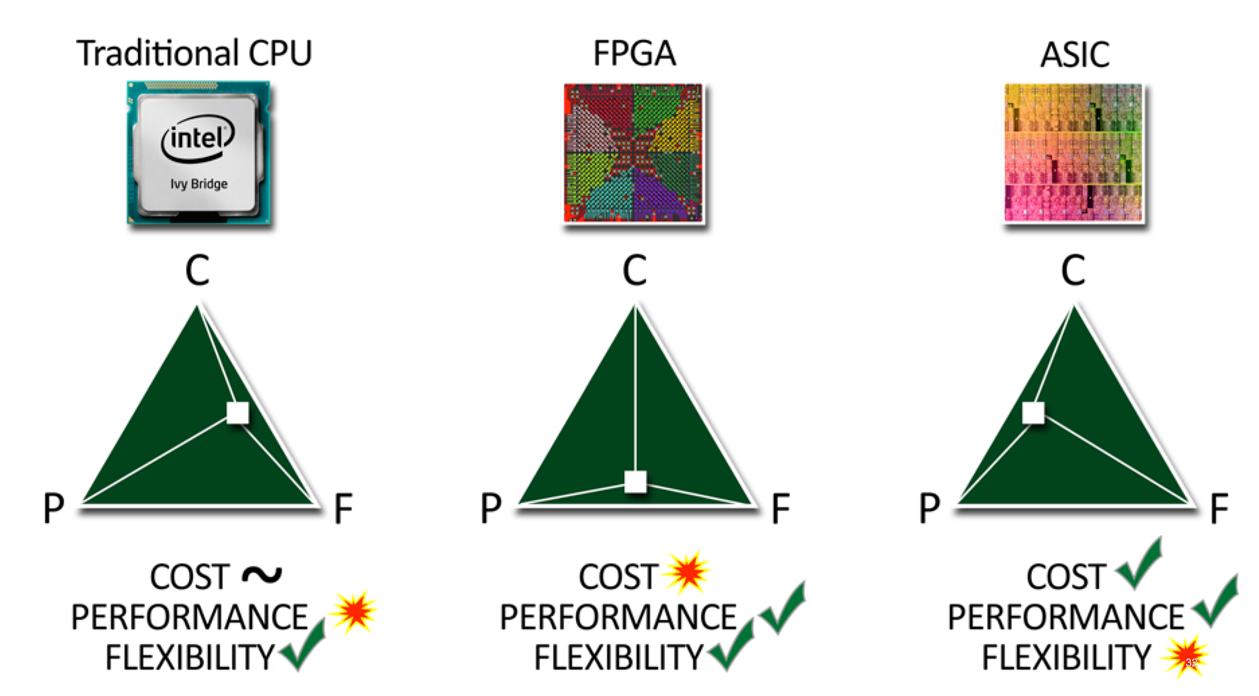With the advent of computer players we are seeing more and more examples of people saying high power (i5, i7s and Xeons) or FPGAs are better than the Digital to Analog Convertor (DAC) chips of old.
This claim is debatable, there are certainly some cases where this statement is true.
All processors work the same way at it’s most basic level- it recognises 1s and it 0s. The difference is the kind and type of operations each type can perform on these binary stream. There are trade offs between power consumption, calculation speed and flexibility as you look across the board.

Computer Processing Unit (CPU) from makers like Intel and AMD are what we call General Purpose Processor. These chips power the computers we use today. It has the largest instruction set, is capable of having the most applications, are highly adaptive and can be customised to perform jobs like playing games, word processing, internet web browsing and more. The downside is the high power requirements (to power all the extra transistors).
The complexity reduces as you move from CPU (most complex) → FPGA (somewhat complex) → ASIC (least complex). There are a lot less components in the ASIC when compared to the FPGA. There are so many components in a general CPU, and packed so tightly we need a heat spreader over it to conduct heat away.


